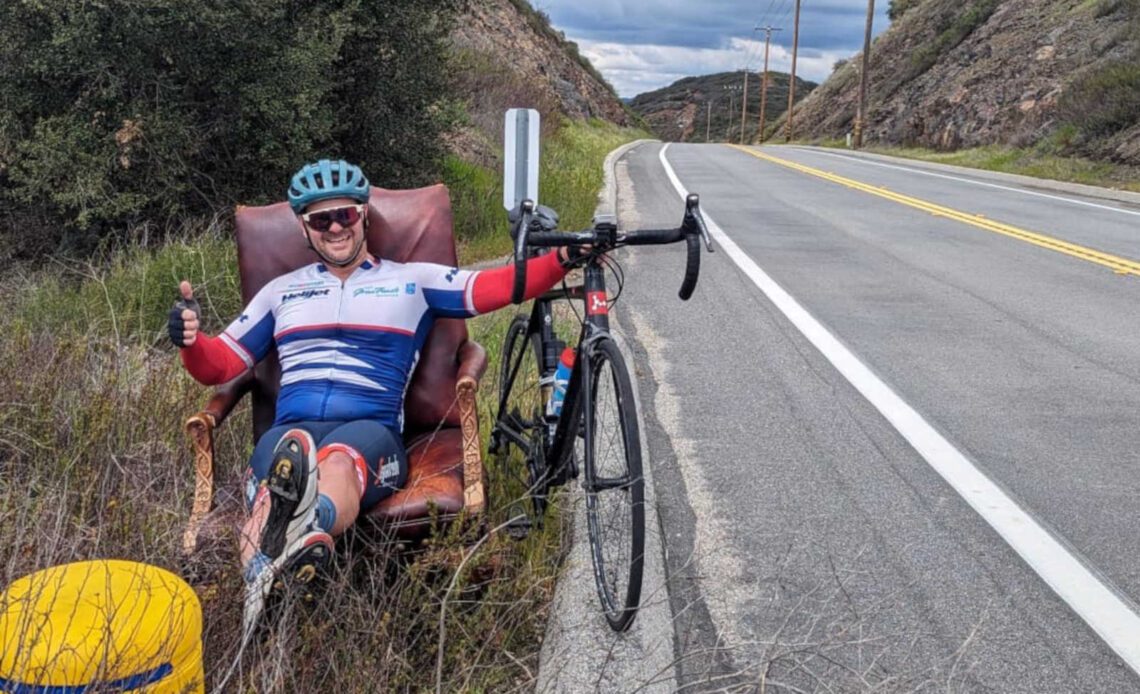A cyclist from B.C. contracted Necrotizing Fasciitis, commonly known as a flesh-eating disease, from a saddle sore while riding in California. Ryan Busto, 41, is in critical condition and remains in a medically induced coma in the ICU at La Jolla San Diego, according to the Daily Hive.
On Sunday, Busto’s fellow cyclists convened for a ride in his honour in Vancouver.
“Ryan is an incredible human being and a great friend,” Joanie Caron said. “I was present at our training camp in San Diego. The day after the camp, I visited Ryan just before heading to the airport. He was feeling unwell, experiencing flu-like symptoms, and mentioned a wound. I took him to the clinic before departing for the airport, believing he had a minor infection.”
Preparing for the race season
Busto and a team of cyclists were preparing for the upcoming race season in San Diego. He is a helicopter maintenance engineer, and married with two daughters. According to information on HealthLinkBC‘s website, Necrotizing Fasciitis can originate from an infection in a small cut or bruise. And although rare, it is very serious. About one out of every four individuals infected with Necrotizing Fasciitis dies from it.
Saddle sores typically manifest as irritations localized in the area where your body contacts the saddle. They arise from continual pressure or chafing from the saddle and can range from a mildly bothersome red bump to a severe bloody abrasion. Not every cyclist encounters saddle sores, but for those who do, a day or two off the bike to address the bacteria-filled pore usually aids in healing the wound. This lesser-discussed (and somewhat unpleasant) aspect of cycling is a reality for many cyclists, and there’s no one-size-fits-all solution.
Treating saddles sores
“Remember two things, clean and dry,” Consummate Athlete’s Molly Hurford advises.
Hurford is an expert on the subject, having written “Saddle, Sore: Ride Comfortable, Ride Happy”
“Really, most saddle sores will heal on their own when they’re minor or fresh. Your goal is to keep that area clean with a gentle soap, and maybe a bit of a Polysporin or other antibacterial ointment, and let it breathe as much as possible,” Hurford says. “So that means wearing something that keeps things airy down there like boxers or a long skirt!”
Slowly improving
An update on Busto’s condition was shared at his fundraiser on Saturday, indicating a 30 per cent improvement in his heart function.
“An…
Click Here to Read the Full Original Article at Canadian Cycling Magazine…

